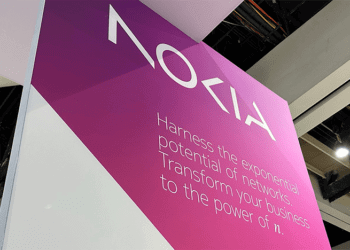Wondering how AI is transforming data center networking?
Shekar Ayyar, CEO of Arrcus, explains how:
- The rise of AI applications is causing enterprises to rethink their network architectures. These applications demand massive scale and flexibility, pushing the boundaries of traditional, rigid data center technology.
- Arrcus promotes the concept of flexible networking with their network operating system, ArcOS. This system can be distributed as needed, from the core to the edge, providing a unique architecture that saves cost and connects to the 5G ecosystem.
- The transformation of data center networking is not just a nice-to-have, but a necessary architectural improvement to support applications like AI. This shift towards flexibility and scalability is the future of data center networking.























